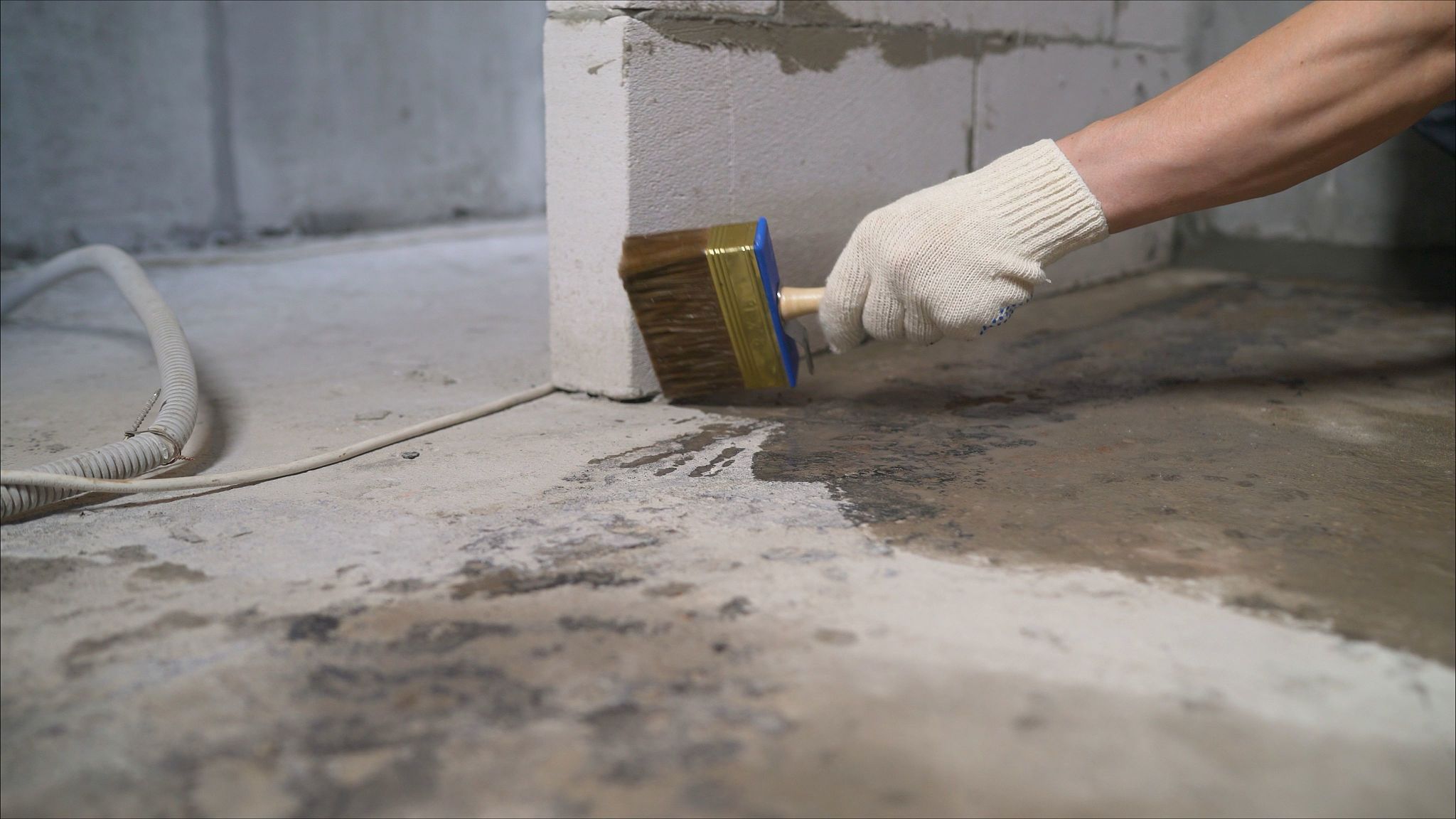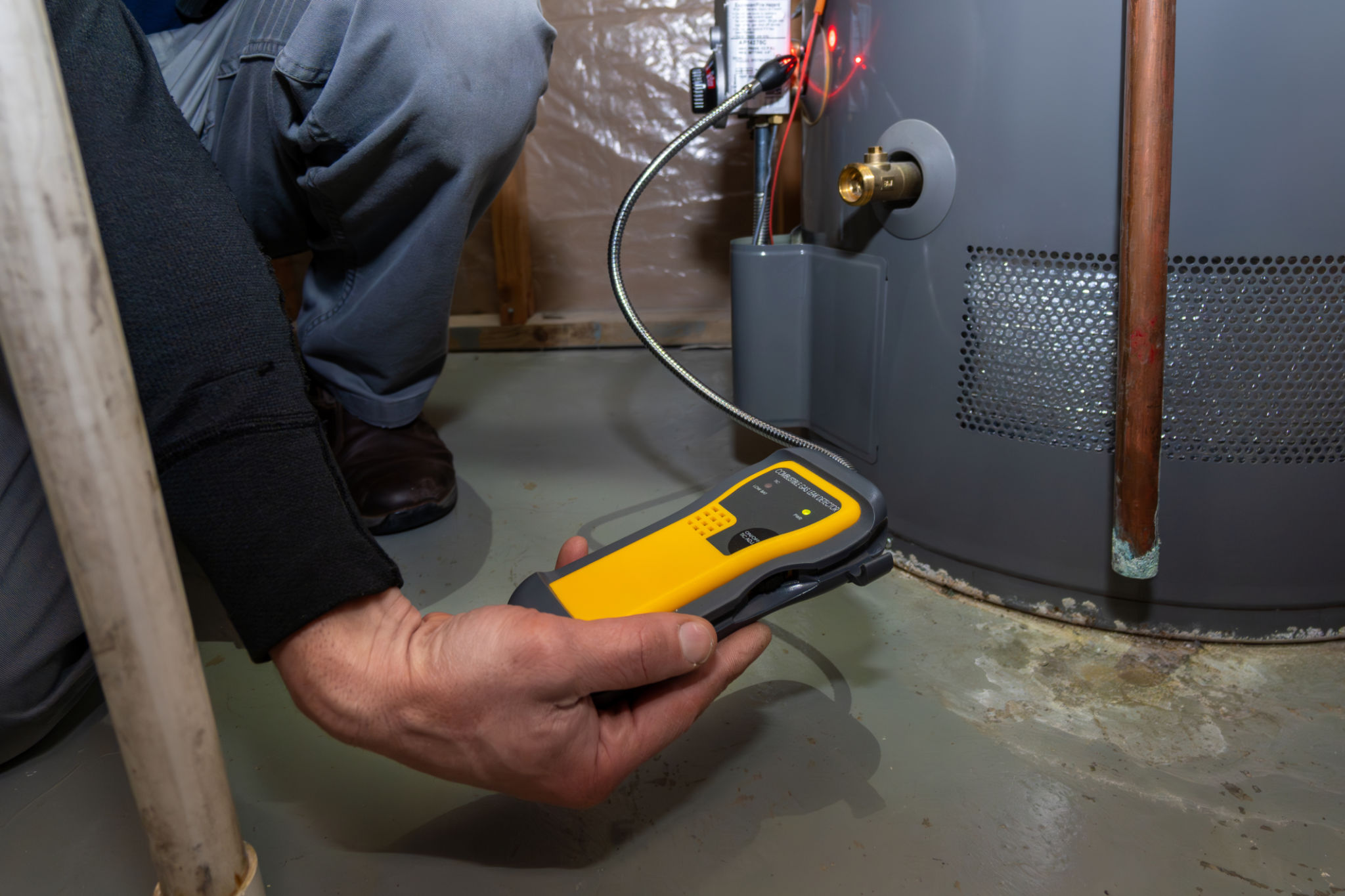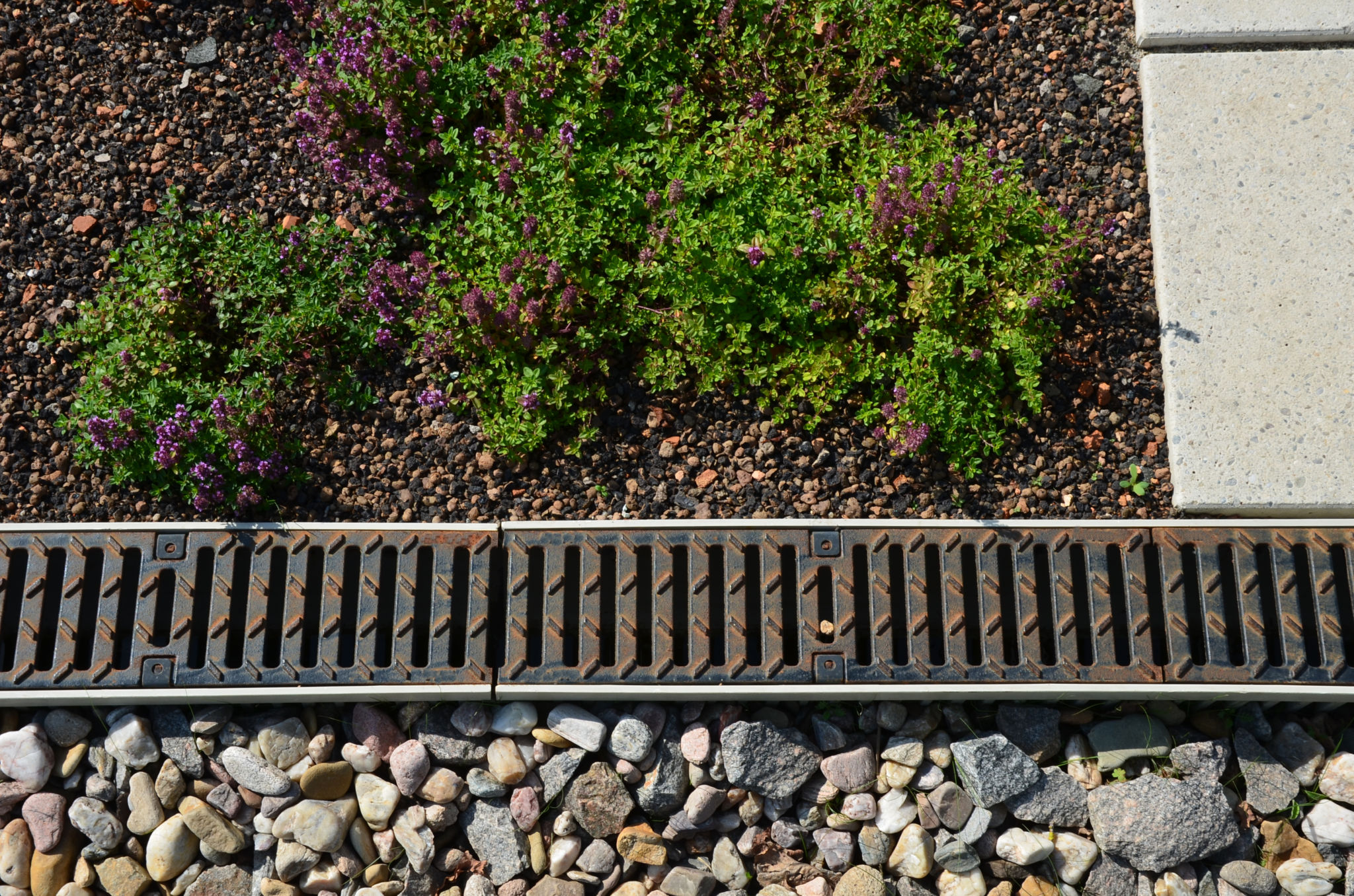DIY Basement Waterproofing Tips Before the Rainy Season
Understanding the Importance of Basement Waterproofing
As the rainy season approaches, homeowners must pay special attention to their basements. Ensuring that your basement is properly waterproofed can prevent a myriad of problems, from structural damage to mold growth. Taking the time to address potential leaks and moisture issues now can save you from costly repairs down the line.
Water intrusion in basements is a common issue, especially in areas with heavy rainfall. The water can seep through foundation walls or enter through cracks, leading to dampness and potential flooding. Understanding the importance of proactive waterproofing measures is the first step towards safeguarding your home.

Identifying Problem Areas
Before embarking on any waterproofing project, it's crucial to identify the areas of your basement that are most vulnerable to water infiltration. Take a thorough look at your basement walls and floors for any visible cracks or signs of moisture. Pay special attention to areas where the walls meet the floor, as these are common entry points for water.
If you notice any discoloration, efflorescence (a white, powdery substance), or a musty odor, these are indicators of moisture presence. Additionally, check the exterior grading around your home. Improper grading can cause water to pool around your foundation, increasing the risk of leaks.

DIY Waterproofing Techniques
Once you've identified problem areas, you can start implementing some DIY waterproofing techniques. One effective method is to seal any visible cracks with hydraulic cement or a high-quality sealant. This can help create a watertight barrier and prevent further water intrusion.
Another simple yet effective solution is to apply a waterproof coating to your basement walls. These coatings act as a barrier against moisture, reducing the likelihood of seepage. Ensure that the surface is clean and dry before application for optimal results.
Improving Drainage
Improving drainage around your home is another key aspect of basement waterproofing. Ensure that your gutters and downspouts are clean and functioning properly. Downspouts should direct water at least five feet away from your foundation.
- Regularly inspect and clean gutters to prevent clogs.
- Install gutter extensions if necessary.
- Consider installing a French drain system for better water diversion.

Maintaining Your Waterproofing Efforts
Once you've implemented these waterproofing techniques, it's important to maintain them regularly. Periodically check for new cracks or signs of moisture and address them promptly. Additionally, ensure that all drainage systems are in good working order and clear of debris.
By performing regular maintenance, you can prolong the effectiveness of your waterproofing efforts and protect your basement from future water damage. Remember that prevention is always more cost-effective than repair.
When to Call in the Experts
While many waterproofing tasks can be handled on a DIY basis, there are times when it's best to call in professionals. If you have severe water issues or if your basement continues to flood despite your efforts, a professional assessment might be necessary. They can offer more advanced solutions such as sump pump installation or foundation repair.
Ultimately, whether you tackle it yourself or seek expert help, ensuring your basement is well-protected from water damage is crucial as the rainy season approaches. By taking these proactive steps, you can enjoy peace of mind knowing that your home is safe and sound.
